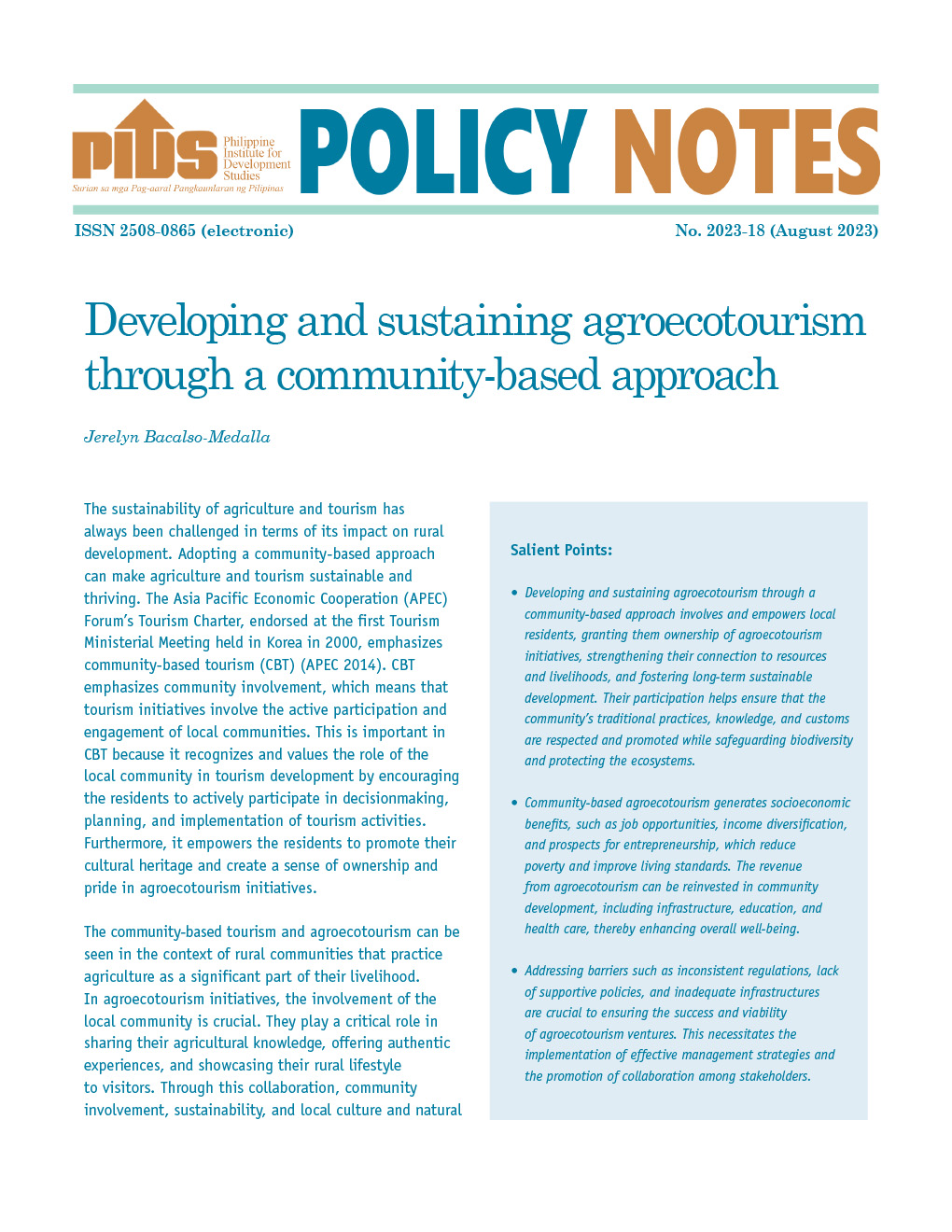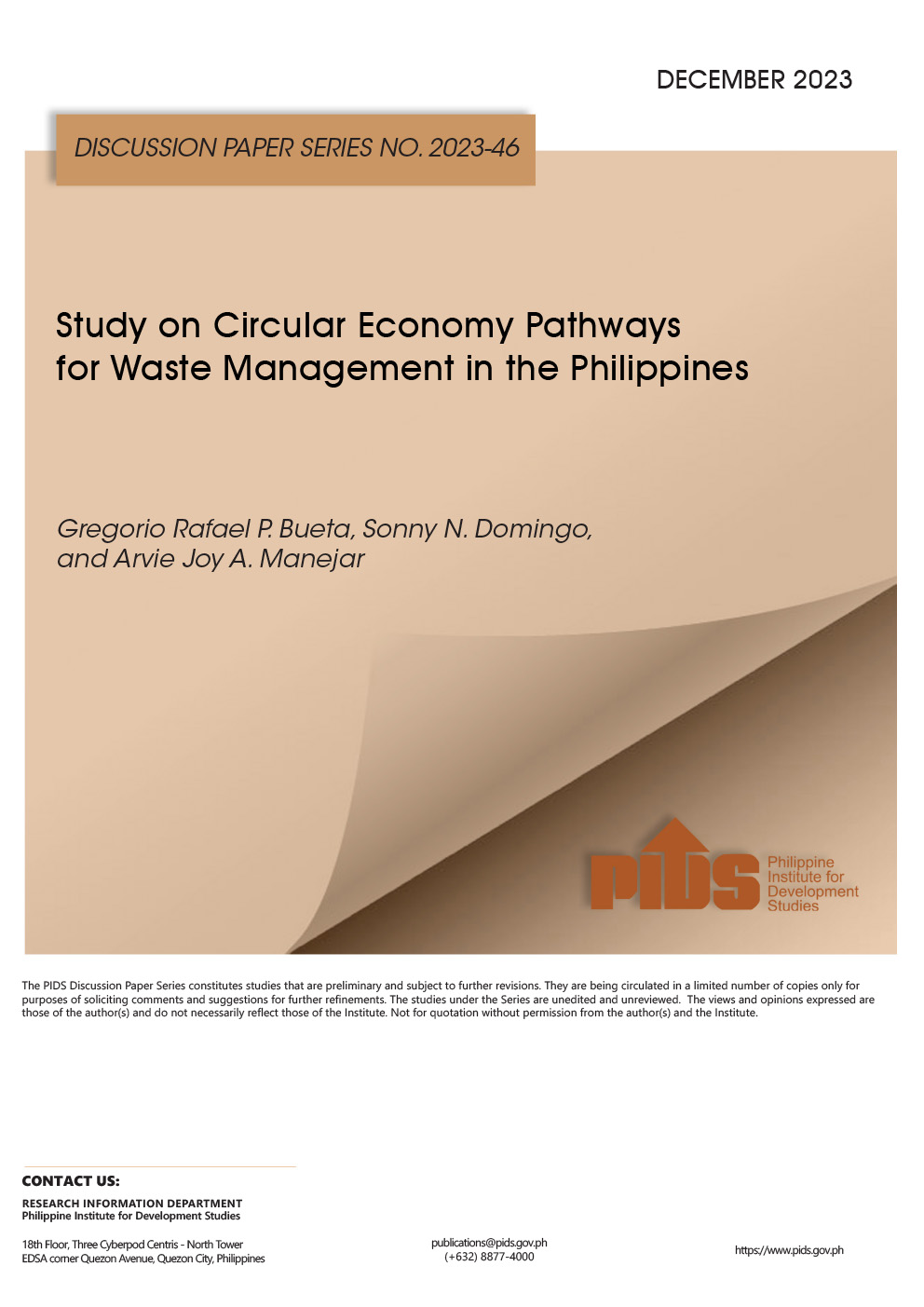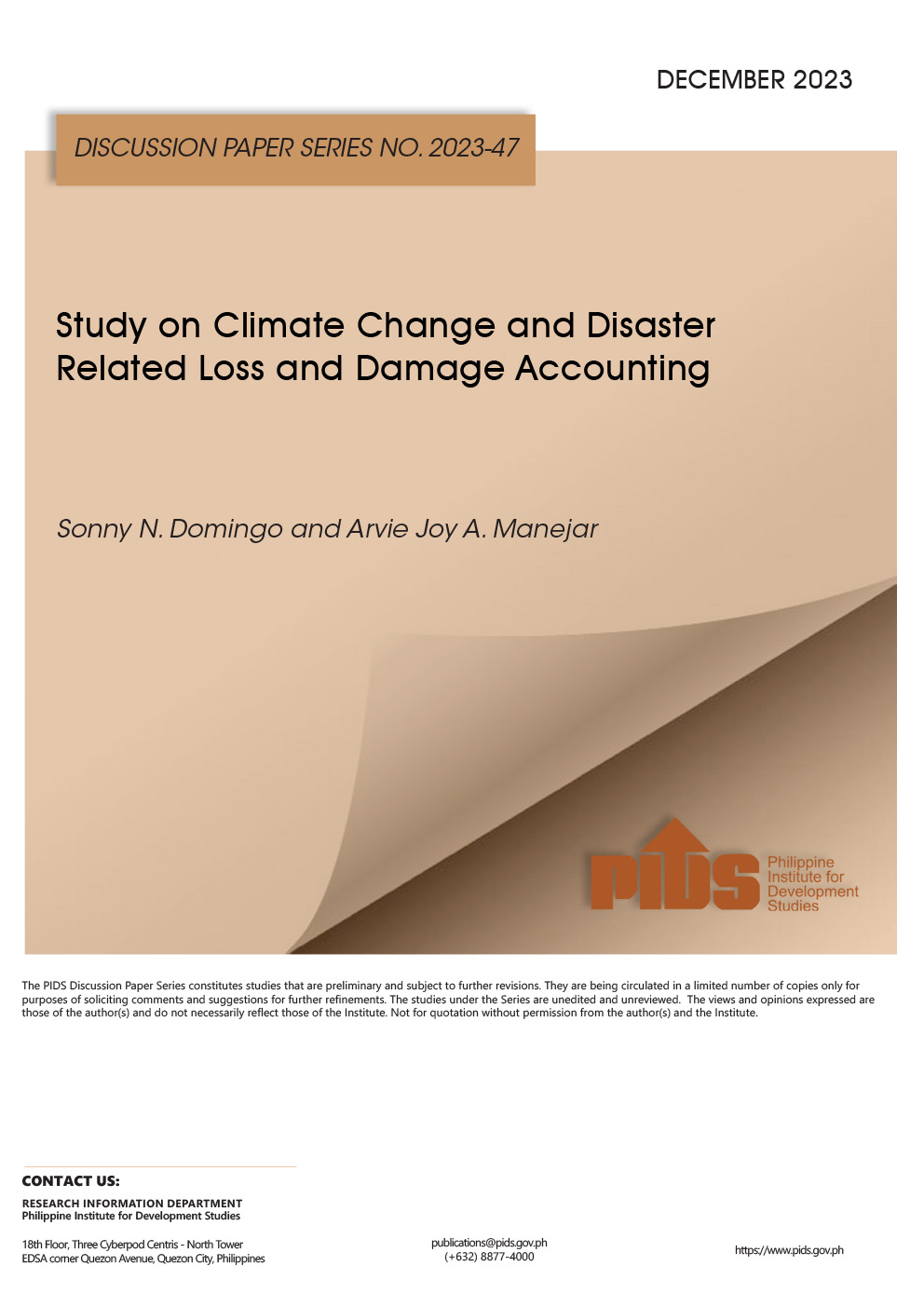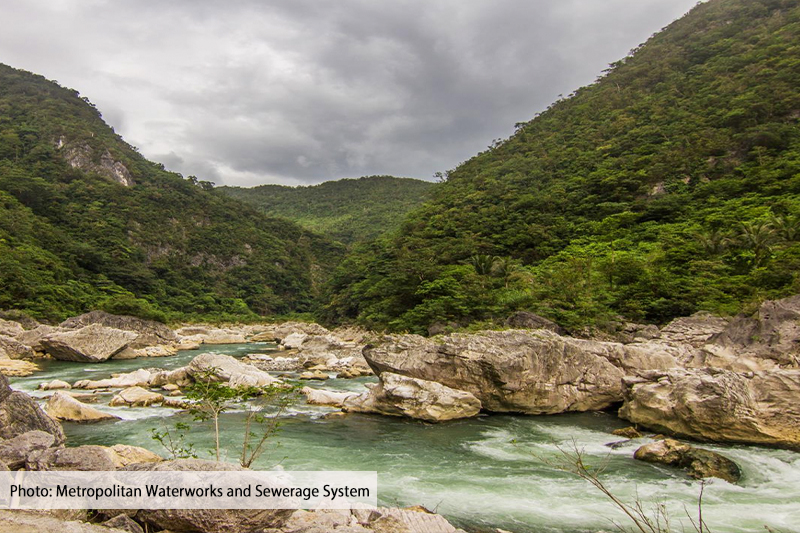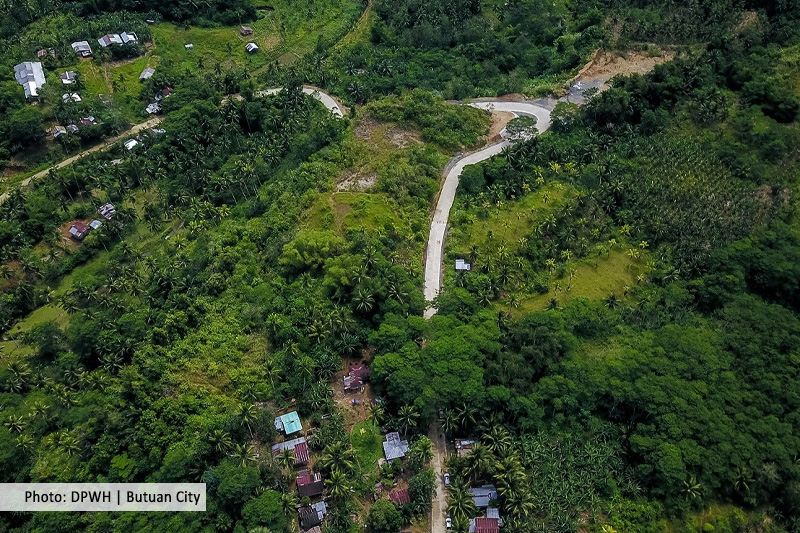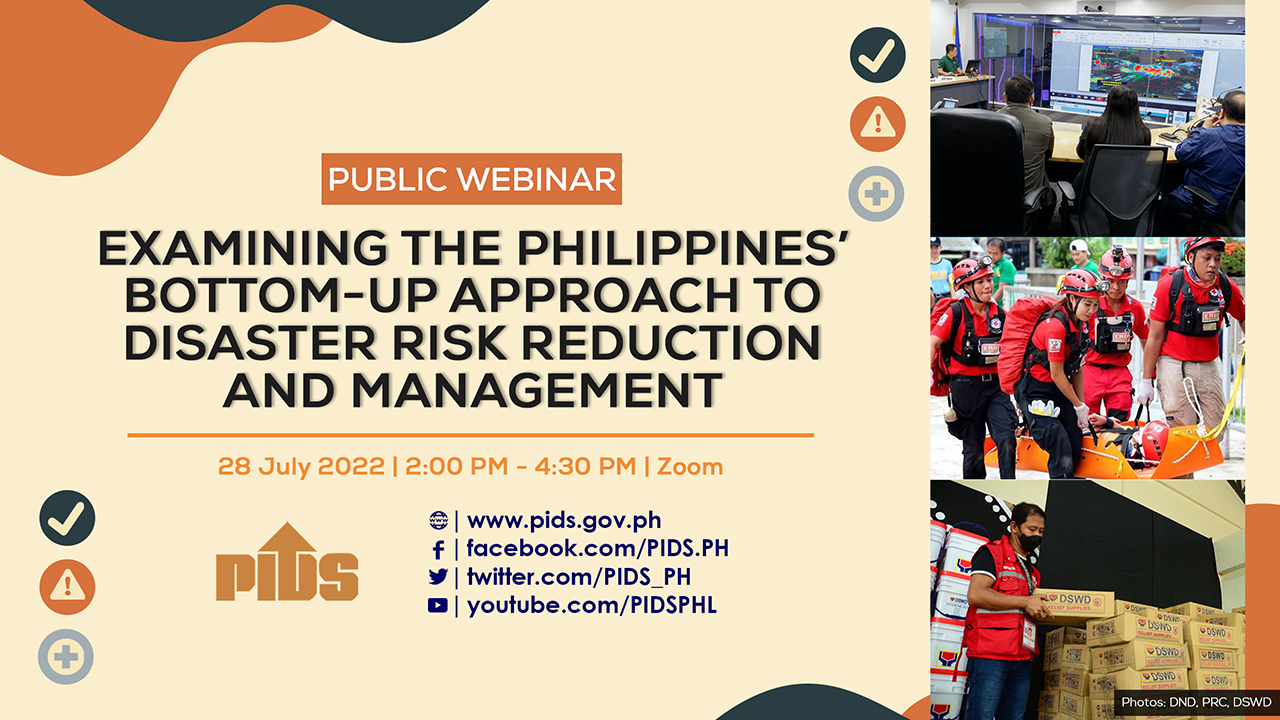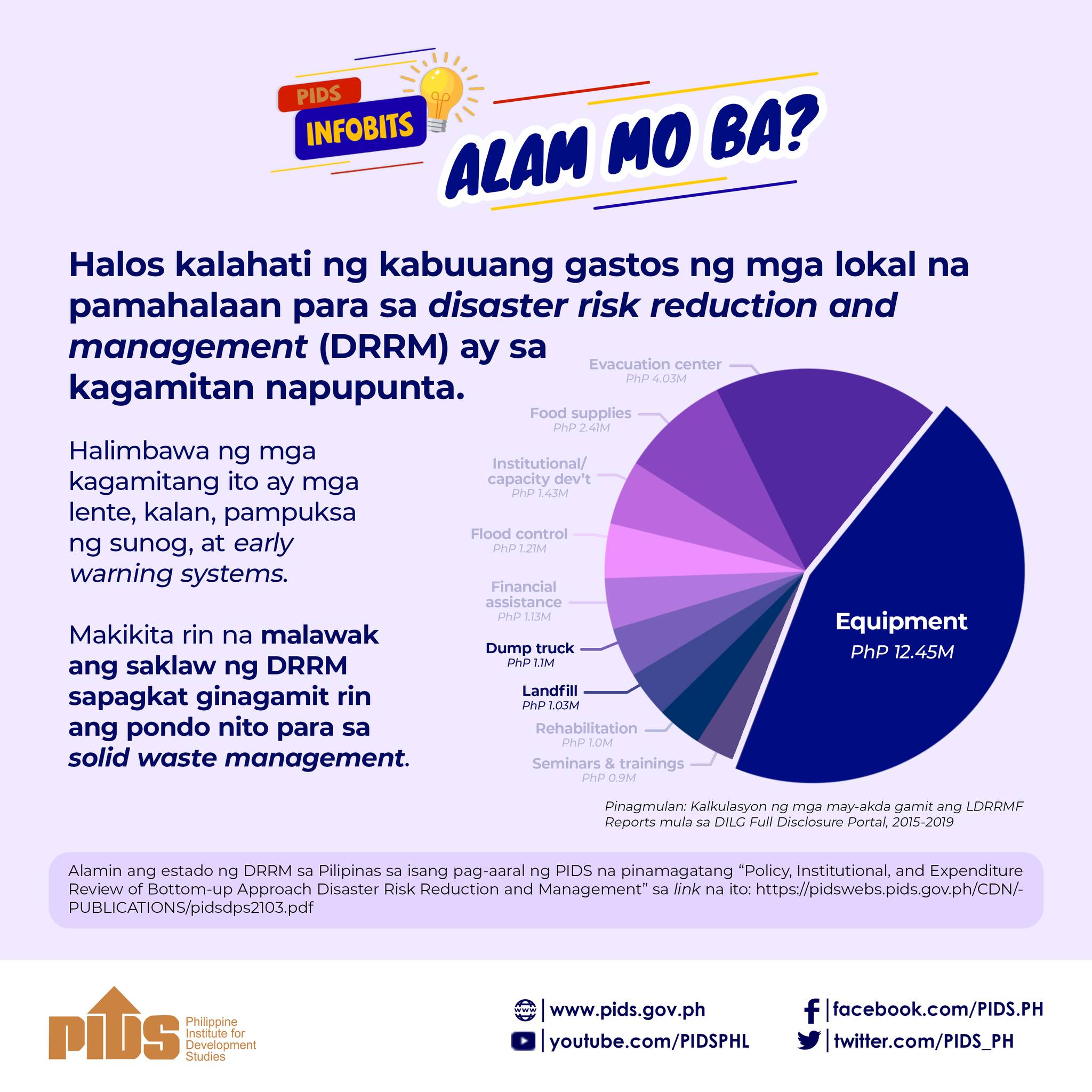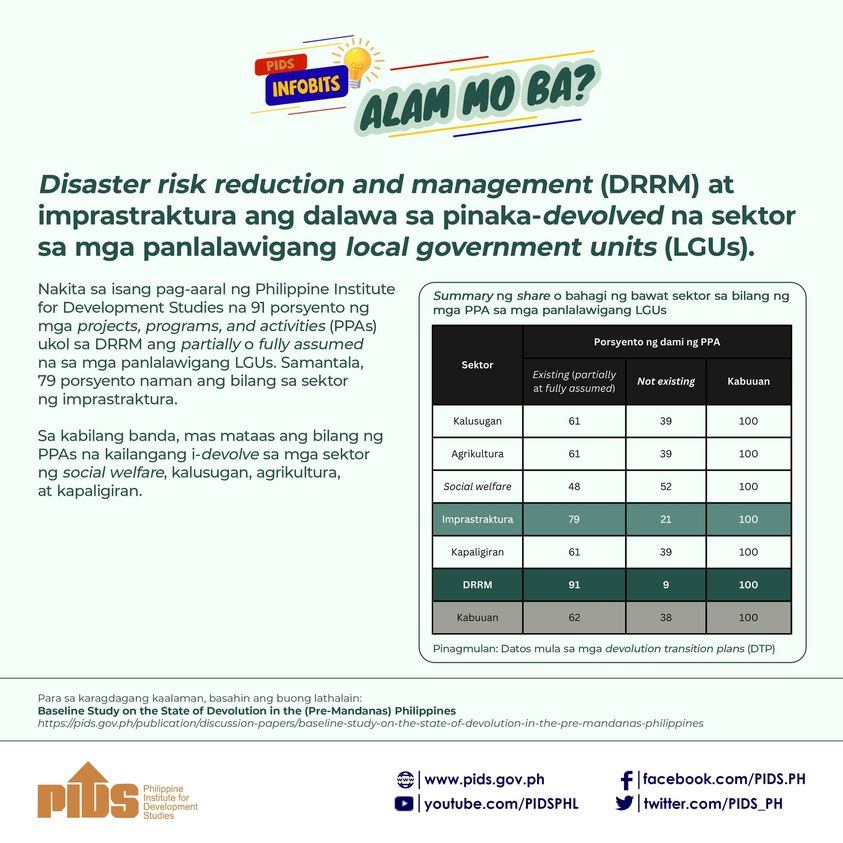THE PRESIDENT has asked Congress to pass a law creating a “Department of Disaster Management” – an inter-agency body aimed at genuinely strengthening our country’s capacity for resilience to natural disasters.
Congress has yet to act on it despite the President’s appeal – made during his third State of the Nation Address in July – to treat such plan with utmost urgency because “our people’s safety requirements cannot wait.”
Our legislators must hasten the passing of a law creating this new institutional platform to close the gaps between disaster risk reduction and management (DRRM) and climate change adaptation (CCA). According to the state think tank itself, the Philippine Institute for Development Studies, the proposed law that supports the creation of a disaster management “super body” is a positive step to address long-standing issues. We see a lot of divisions and incoherence between DRRM and CCA. The new policy direction is to have a more integrated and unified approach in establishing structures, institutional platforms, and processes in disaster management.
The gaps stem from the undefined roles and functions, as well as the weak institutional arrangements and collaboration among agencies handling DRRM and CCA. In the current setup, DRRM is under the National Disaster Risk Reduction and Management Council, an ad hoc coordinating body composed of around 44 government institutions authorized to craft policies as well as integrate, supervise, monitor, and evaluate disaster-related operations in the country. CCA, meanwhile, is lodged with the Climate Change Commission (CCC).
Budget allocation is also a major concern. Section 21 of Republic Act 10121 (Philippine DRRM Act of 2010), requires local government units (LGUs) to set aside five percent of their estimated revenue to support DRRM initiatives and programs. CCA has no definite funding source. Nevertheless, in terms of expenditure tagging, the CCC has a clear system of tracking its expenses whereas the NDRRMC has no structured mechanism to monitor its spending.
There is also a weak translation of national policies and programs into local plans particularly in mainstreaming DRRM and CCA in the comprehensive development plans and comprehensive land use plans of LGUs. There are discrepancies in the annual investment plans (AIPs) of most LGUs and they are unable to apportion funds for DRRM- and CCA-related programs and initiatives.
The frequent turnover of leadership in both national and local levels is also considered a major stumbling block in the continuity of implementing DRRM and CCA flagship programs and initiatives.
The President is correct. We must have a more integrated and unified approach in disaster management.

